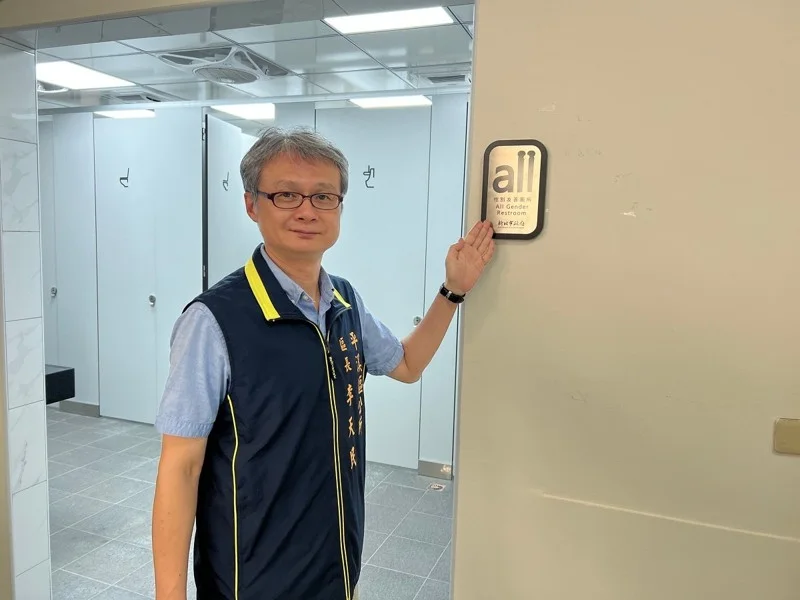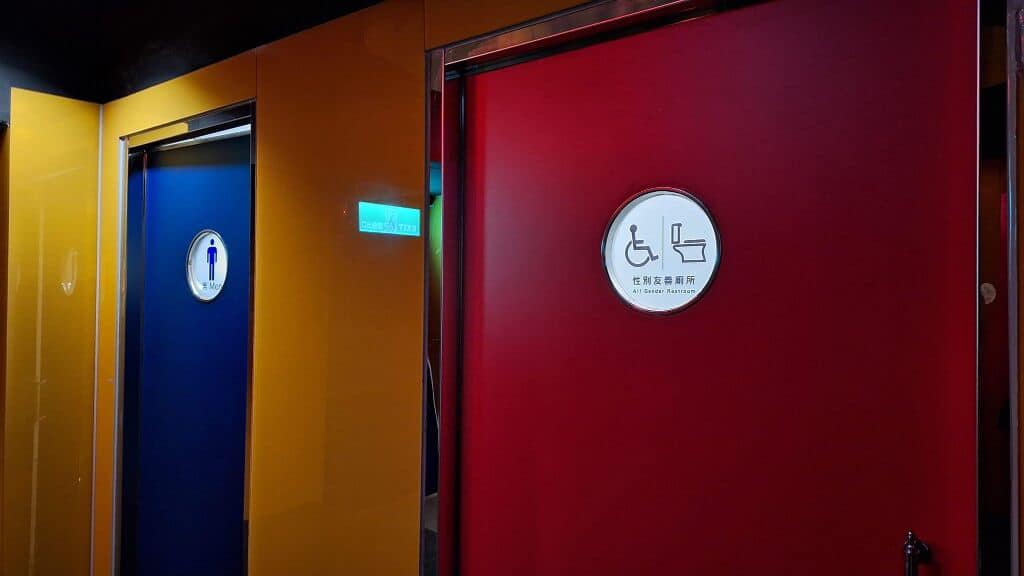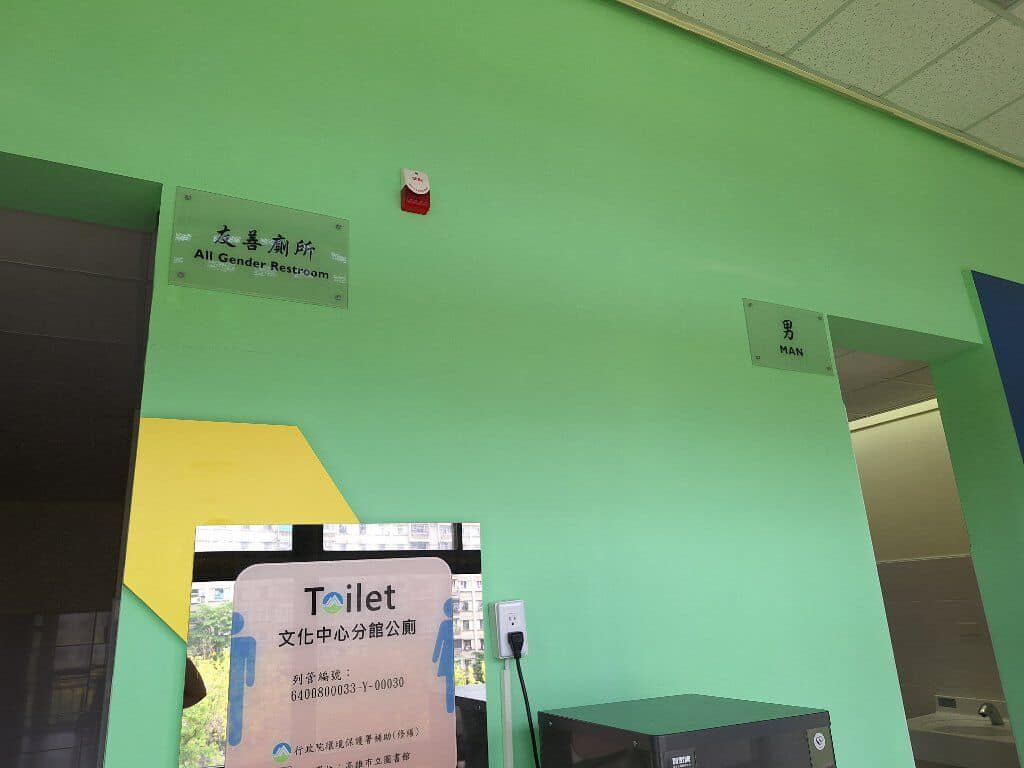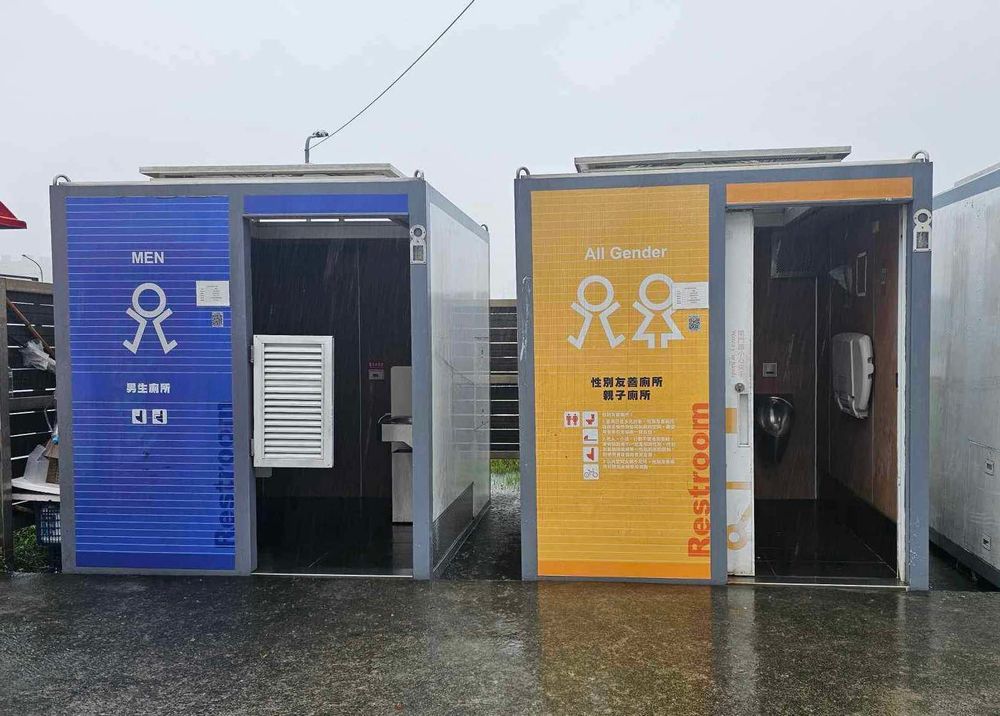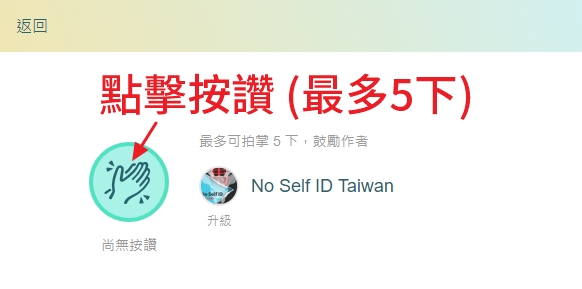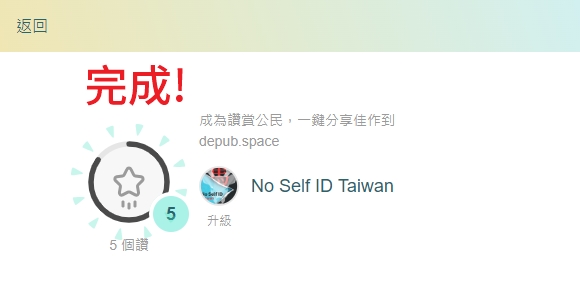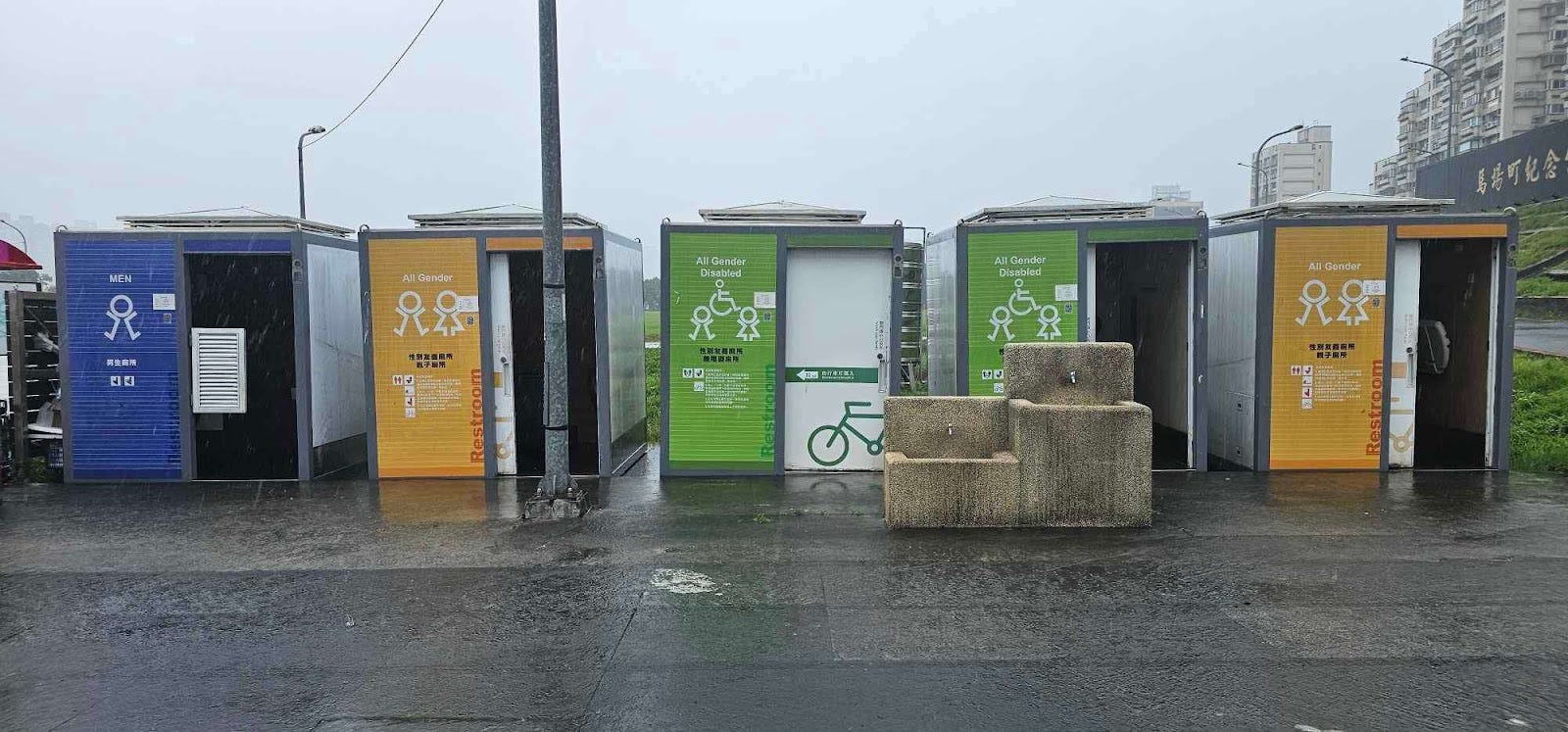
This article was originally published on 4W
Taiwan follows the Western trend of embracing anti-woman stance of gender identity ideology
As I walked through the bustling Wanhua District of New Taipei, the rain began to fall, casting a gray hue over the cityscape. Amidst the typical urban hustle, something caught my eye that embodies a growing issue affecting women worldwide—the silent disappearance of women’s only spaces, including restrooms, under the guise of inclusivity.
A row of restrooms, standing stark against the rain, proudly displayed signs that offered options for men, and for “all genders.” Noticeably absent? Any restroom specifically designated for women. Men retain their dedicated space, yet women are seemingly lumped into “all gender” categories, erasing our autonomy and privacy in one fell swoop. This unsettling trend is one that I’ve encountered more frequently in Taiwan, as it becomes the norm in Western countries that Taiwan seeks to emulate.
For years, women’s toilets have been a place where we could take refuge, gossip with friends, handle period mishaps, or escape unwanted attention from men in bars. Not anymore. Now we are seeing the consequences of militant gender ideology, imposed without consultation or consent.
Throughout Taiwan, as the country follows the Western trend of embracing the anti-woman stance of gender identity ideology, I have seen organizations proudly proclaiming their inclusivity and progressive values by removing female restrooms and making them “for all genders” . Data from the Taiwan Ministry of Environment show there are more than 46,000 public restrooms nationwide, found throughout 12 types of venues including public enterprises, tourist sites, traditional food markets, bus and train stations, and public parks. The Ministry of Environment said it is to invest NT$280 million (US$8.76 million) over the next four years to double the number of gender-neutral public bathrooms nationwide. We are witnessing the erasure of women’s single-sex toilets in Taiwan in real time.
In one district of Taiwan, officials brag that in a restroom converted for use by men and women together, “menstrual products are also available in the toilets to eliminate menstrual poverty and menstrual stigma .” Let’s be real; very few, if any, grown women would opt for the option of using a public restroom with men, let alone accessing menstrual products with men present. Under only the most dire of circumstances would a girl, having her period and in need of hygiene products, feel comfortable getting those products and using them in a space also used by men.
In fact, this issue is notably prevalent in schools across the UK, where many schools have replaced their single-sex toilets with gender-neutral ones. In many cases, girls have expressed fear of using these facilities due to concerns about harassment from male students. Alarmingly, doctors have reported that female students have developed medical issues, such as infections , as a result of avoiding the use of gender-neutral toilets.
I have found in Taiwan that the men’s restrooms are often left intact, while it is the women’s restroom that is modified, changed into a “gender neutral” space, effectively making it yet another male restroom.
This is not progress; it’s a step backward dressed up in progressive rhetoric. As men’s restrooms remain untouched, women’s restrooms are becoming the battleground of “inclusivity”.
What does the law say?
In Taiwan, there is no formal law governing the implementation of gender-neutral toilets, leaving the regulation of public restroom spaces somewhat ambiguous. While there are specific codes outlining the ratio of male to female toilets in certain public buildings, such as schools and train stations, the term “toilet” in these regulations refers only to the fixture itself (urinals or stalls) rather than the entire restroom space, which traditionally separates men and women.
For example, buildings like train stations and schools require a ratio of one male toilet stall for every five female stalls (a requirement as of 2006), while government buildings must have a one-to-four ratio. However, local authorities can override these requirements based on specific conditions. This flexibility has led to confusion and loopholes, particularly concerning gender-neutral restrooms.
The issue arises because no law in Taiwan explicitly guarantees single-sex spaces in restrooms. Why? Because restrooms were always single-sex, they were considered commonsense, a non-issue, a no-brainer. As a result, many restrooms, especially female ones, are being converted into gender-neutral facilities, leaving no legal grounds to contest the changes. Despite the push by some local municipalities to adopt gender-neutral restrooms, these efforts are based on non-binding “guidelines” rather than laws or executive orders.
The absence of clear regulations has created a situation where women’s restrooms are often repurposed under the guise of progressiveness, without legal recourse for those opposed to losing access to single-sex spaces.
What’s the big deal?
Radical gender activists often use the argument that they ‘just want to pee’ . They say that either trans-identified males should be allowed into women’s bathrooms, or that gender-neutral facilities should be standard. They claim that the reaction from many women against gender-neutral bathrooms is overblown.
But I’m pretty sure that in Taiwan, women just want to pee, too.
Women use the bathroom more frequently than men do, in part because of biological differences between male and female urinary tracts. Women have a higher occurrence of UTIs, and women are the only sex who breastfeed children and often want to do this away from the sightline of men. Menstruation requires a level of privacy and sanitation that is often compromised in gender-neutral spaces, where the presence of males can lead to discomfort or even a lack of essential facilities like disposal bins for sanitary products. Additionally, single-sex restrooms provide a safer and more comfortable environment for women who may feel vulnerable in mixed-sex spaces, especially in public areas or during high-traffic periods.
Women are cleaner than men. We all know this is true, and I would be loath to share a public restroom with men. Women do not stand and aim at the toilet but rather sit on a seat (if it’s a Western style toilet). More than half of all men don’t even wash their hands after using the bathroom. I do not want to share a bathroom with men. And it may be a surprise for you to learn that “gender neutral” bathrooms are dirtier than either men’s or women’s restrooms.
Safety is a huge concern for women in spaces shared with men. Digital sex crimes and voyeurism have become a growing problem in Taiwan in recent years, especially in public toilets and spaces modified to be “gender neutral”. Pinhole cameras, some as small as fingernails, have been used to record and disseminate photos and videos of people secretly filmed. Most of the victims are women and girls.
Female students at Sun Yat-Sen University were secretly filmed in the bathroom of an “all-gender” dormitory.
A male student from National Taiwan University was sentenced to three months in prison for secretly filming female classmates while hiding in “all-gender” restrooms. This could be why according to statistics collected by NTU, less than 20% of women use “all-gender” bathrooms on campus. Despite this, the university continues to provide female students with “all-gender” restrooms. Where are 80% of the female students on NTU’s campus using the bathroom? I don’t know, and I wonder if NTU cares?
A 26 year old man in Taipei made headlines after he was found to have secretly filmed more than 160 women and girls in Taipei and New Taipei City. Among his victims were girls as young as 13 and 14 years old. The majority of his spycams had been placed in women’s and “all gender” restrooms in various schools and universities in the city.
Predatory men like this would have free and open access to women and girls, anywhere and at any time, once they become “all-gender”.
Where Do Women Go?
The concept of a women’s only space, particularly in public restrooms, isn’t just about convenience—it’s about safety, dignity, and respect. Women have fought long and hard for rights that include access to private spaces free from male intrusion. Now, those rights are quietly eroding as society rushes to embrace inclusivity without fully understanding its impact on women. While gender-neutral toilets and changing rooms are becoming more common, most women do not prefer this option. When a woman or girl enters a women’s changing room or toilet, she has a reasonable expectation that the space will be shared exclusively with other females. She also expects service providers to uphold lawful single-sex policies that ensure her privacy, dignity, and safety. Women have the right to a space free from male presence.
By reducing women’s spaces to “all gender” facilities, we risk compromising these fundamental needs under the misguided banner of inclusivity, creating an environment where women’s safety and comfort are deprioritized.
Where does that leave us? Where do women go when our restrooms are transformed into spaces that we no longer feel safe in, or are reduced to a category labeled “all gender”? The answer is as uncomfortable as the reality women now face:we are left with fewer options, less protection, and a gnawing sense of erasure in the name of inclusivity and “progress”.
Jaclynn is a Hawai’i born — now Taiwan-based — Ph.D. student, university lecturer, and co-founder of the Taiwan Women’s Association 臺灣女性協會
